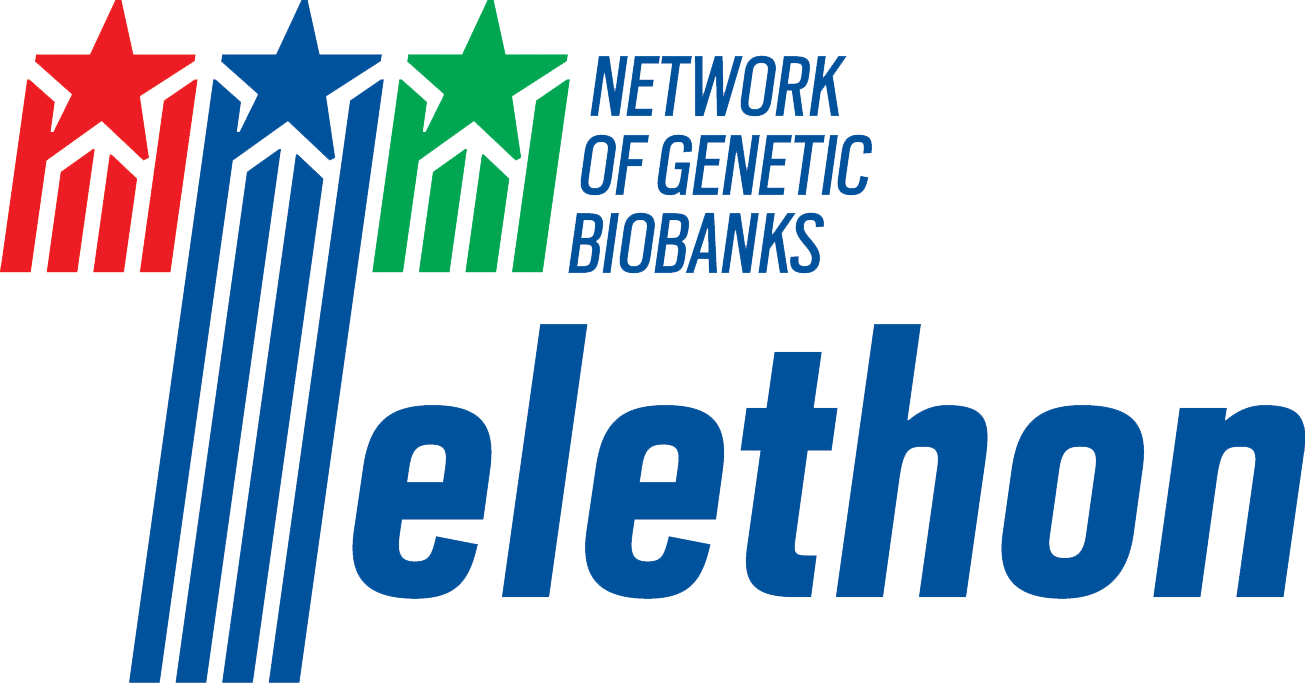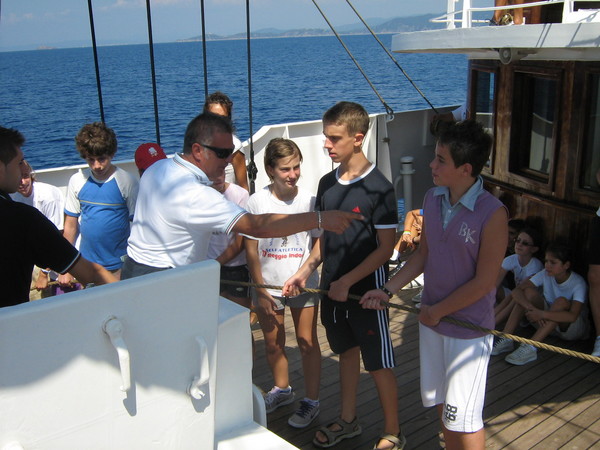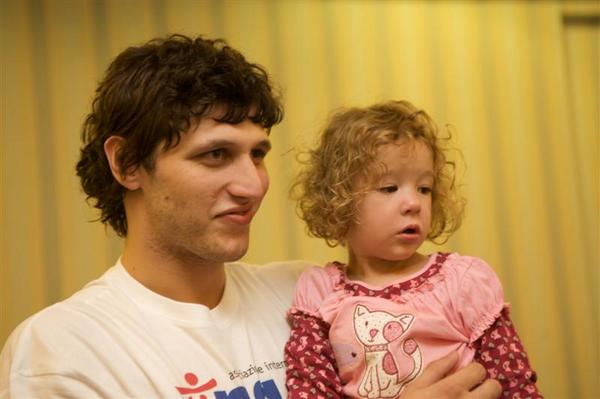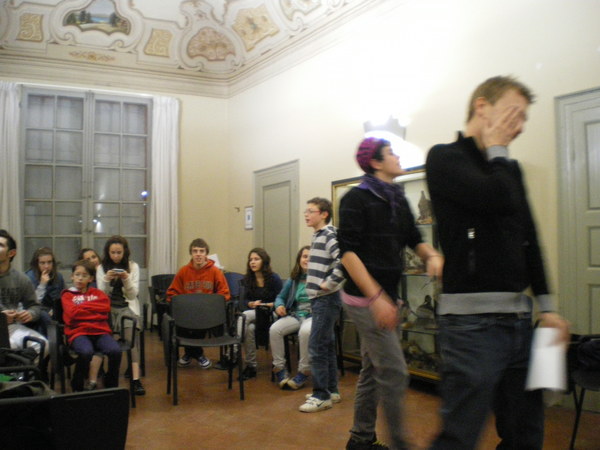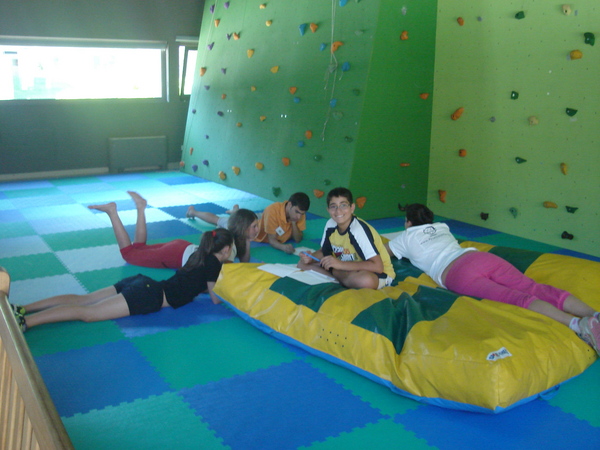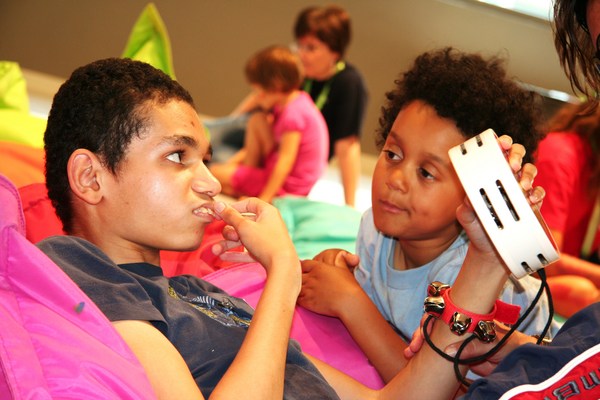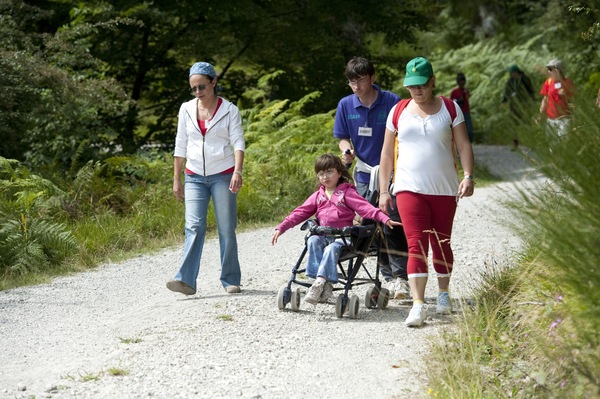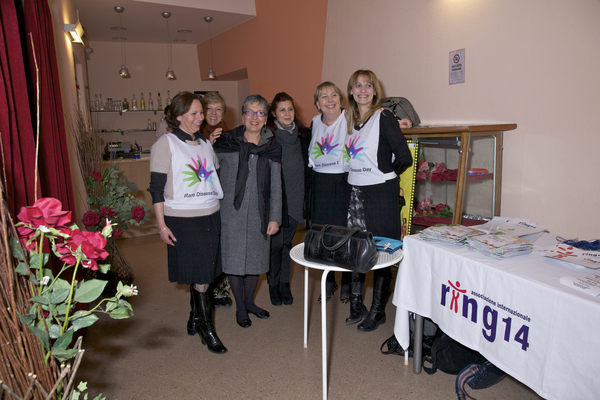AN INFANTILE RAT MODEL OF EPILEPSY FOR TESTING NOVEL DISEASEMODIFYING DRUGS FOR RING14 SYNDROME
| Project Leader | Vezzani Annamaria |
| Host Institution | IRCCS-Mario Negri Institute for Pharmacological Research, Milan (Italy) |
| Duration | 1 year |
| Start-up date | January 2017 |
| Financed amount | € 50.000 |
| Status | Completed |
Epilepsy is the most common and serious neurological symptom in RING chromosome 14 syndrome. Epileptic activity itself in children may contribute to disease progression leading to increasingly severe seizures, brain atrophy, behavioral impairments beyond what is expected by the underlying pathology. This process has been defined as "encephalopathic effect of epilepsy”.1 There is urgent need of animal models - which are still lacking - to study the pathological mechanisms ignited by unremitting seizures in the immature brain that lead to devastating sequelae including motor and cognitive disorders and epilepsy. Based on this premise, the aim of this project was to characterize in-depth an infantile rat model of epileptic encephalopathy induced by de novo status epilepticus (SE), which recapitulates some key symptomatic features of RING 14 syndrome, including a specific developmental window that is clinically relevant for children affected by this syndrome. The outcomes we have evaluated in this study are: the onset and frequency of spontaneous seizures (SRS), the neuroinflammatory and oxidative stress responses to the initial insult, the structural brain changes and the cognitive deficit. We found that around 60% of post-natal day 13 rats exposed to a similar epileptogenic insult developed SRS within 30 days. Epileptic rats showed a trend toward a progression in the frequency of SRS over 5 months post-insult. Cognitive deficit was apparent after the onset of SRS (in P75 rats) but not before (in P25 rats). Longitudinal Magnetic Resonance Imaging (MRI) analysis in rats exposed to SE showed a significant atrophy of the whole brain and the overall cortex ipsilateral to the injected hemisphere already apparent in P22 rats (before epilepsy onset). Moreover, the cortical thickness of the somatosensory cortex was reduced at P22 and was a measure predicting which rats developed SRS. Within 7 days from SE onset, both astrocytes and microglia were activated in the forebrain as assessed by immunohistochemistry, and increased neuroinflammatory and oxidative stress markers were measured by RTqPCR in the hippocampus. Neuronal cell loss was detected by Fluoro-Jade staining in areas of glia activation (72 h post-SE), and was confirmed by Nissl staining in chronic epileptic rats. Cell loss was similarly detected in rats not developing epilepsy. This study provides an in-depth characterization of an experimental model that can be useful to test the potential disease-modification effects of new treatments on severe pathologic outcomes of RING 14 syndrome, and in other epileptic encephalopathies in children.
Documents
› Poster EES 2018_Wien_Vezzani (2.8 MB)
› Ring14 Poter Torino-Vezzani (4.1 MB)







